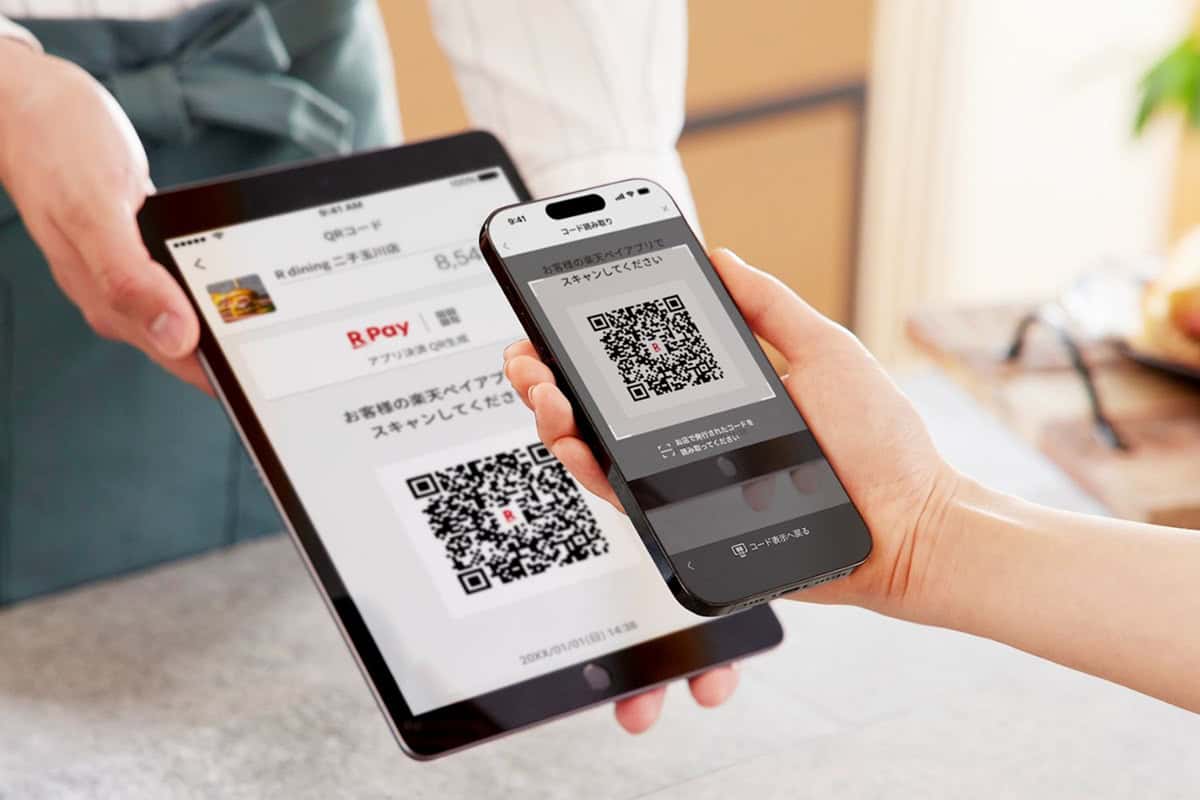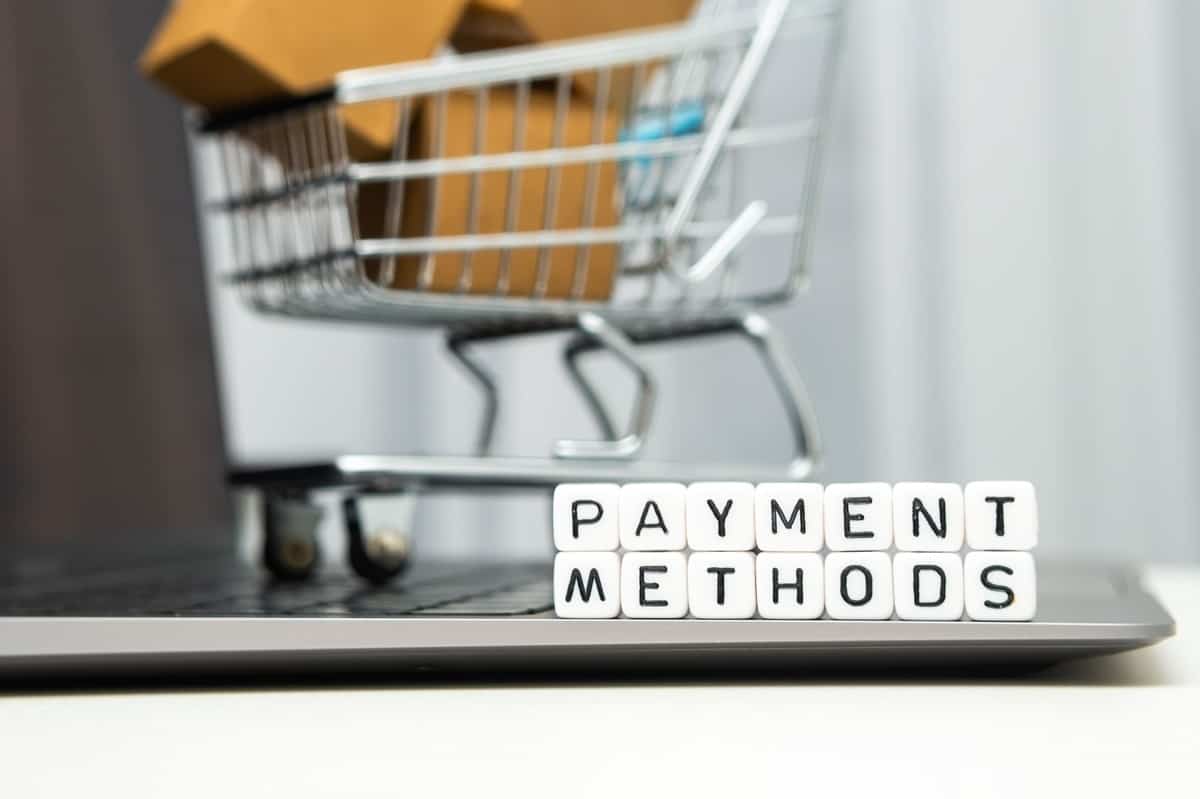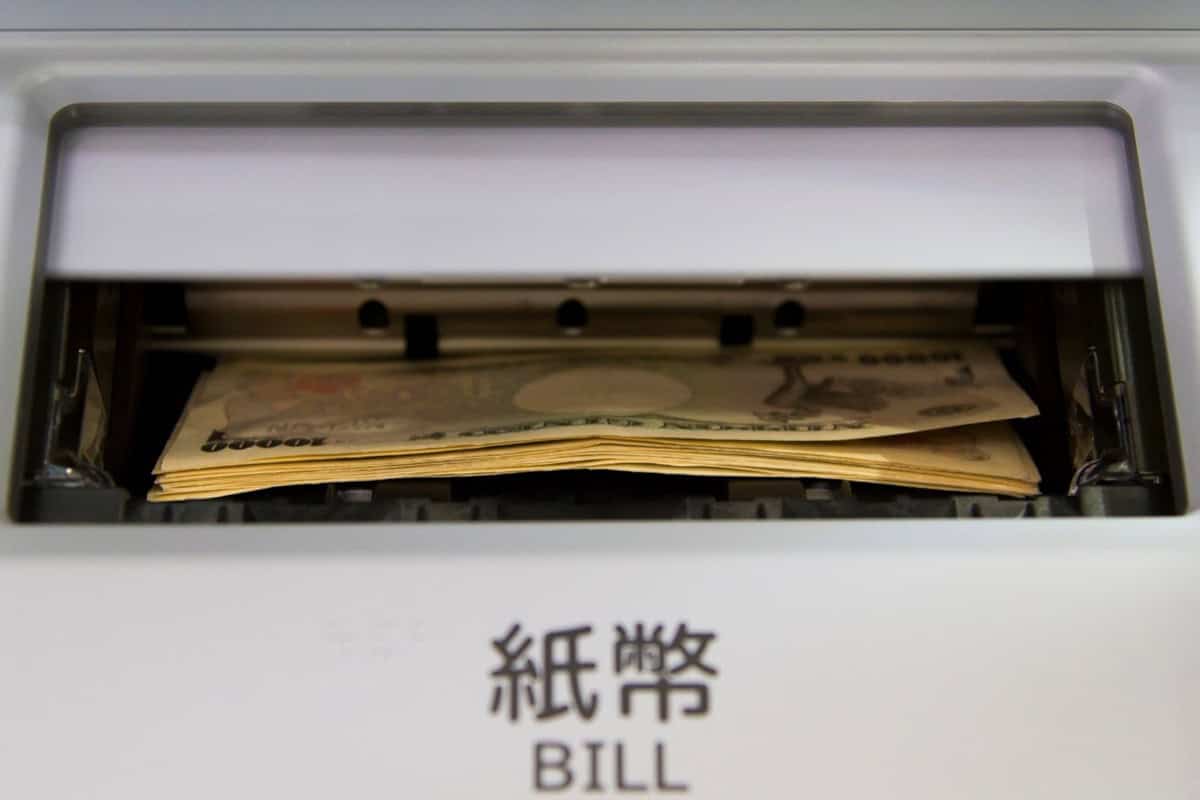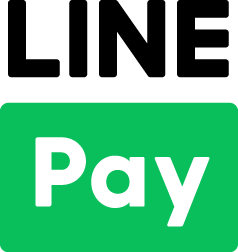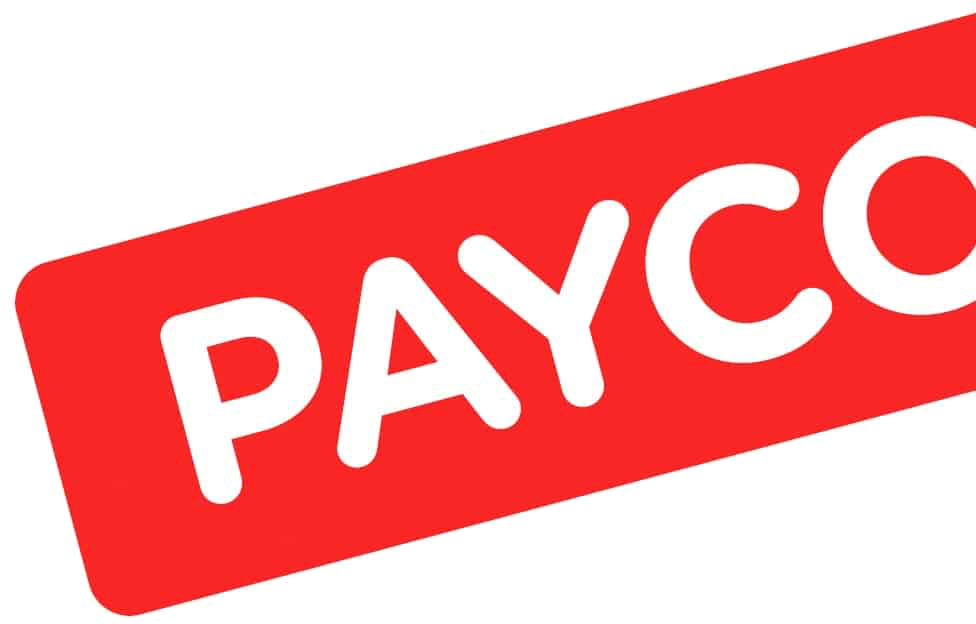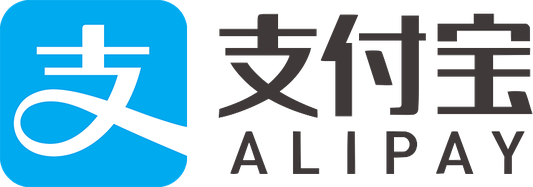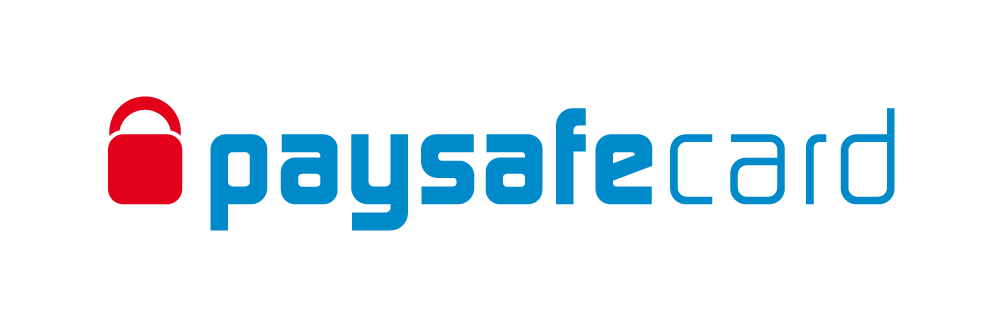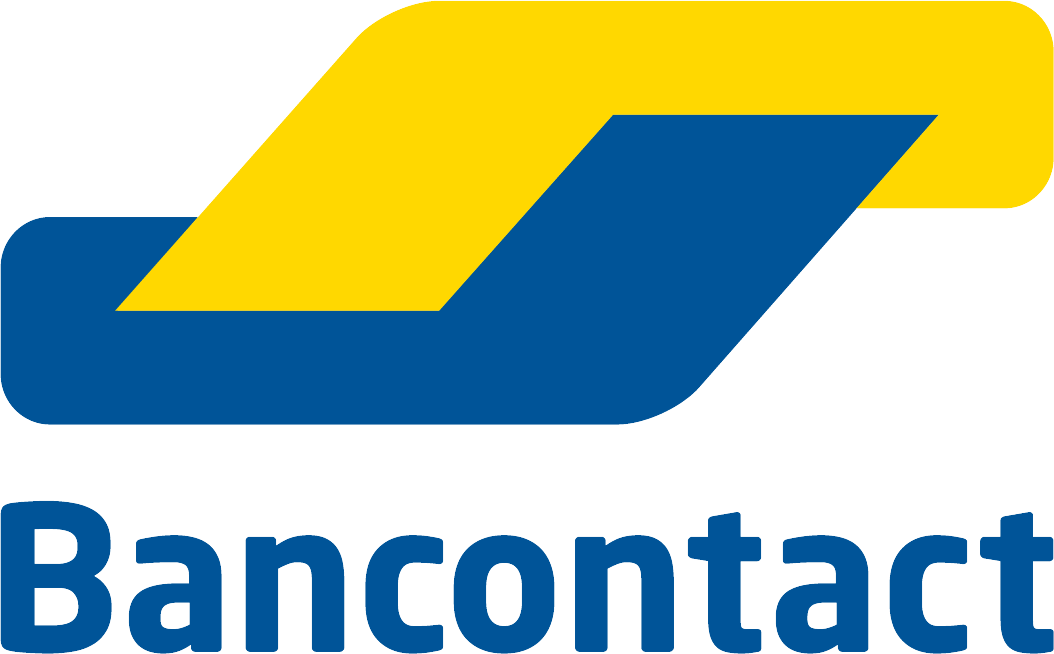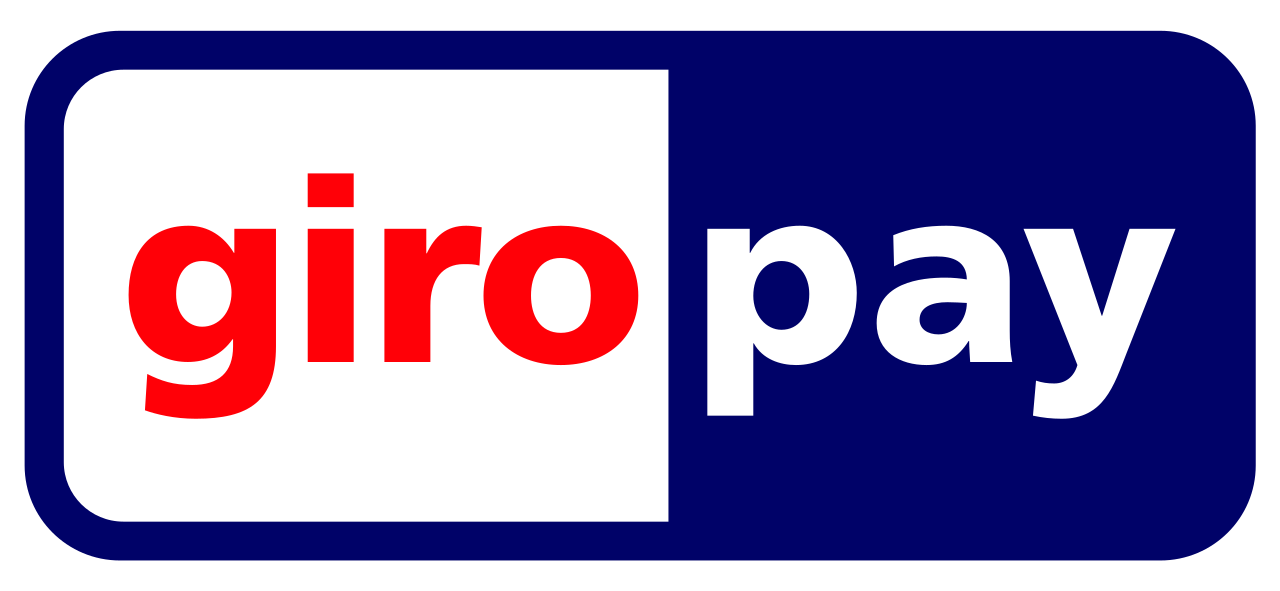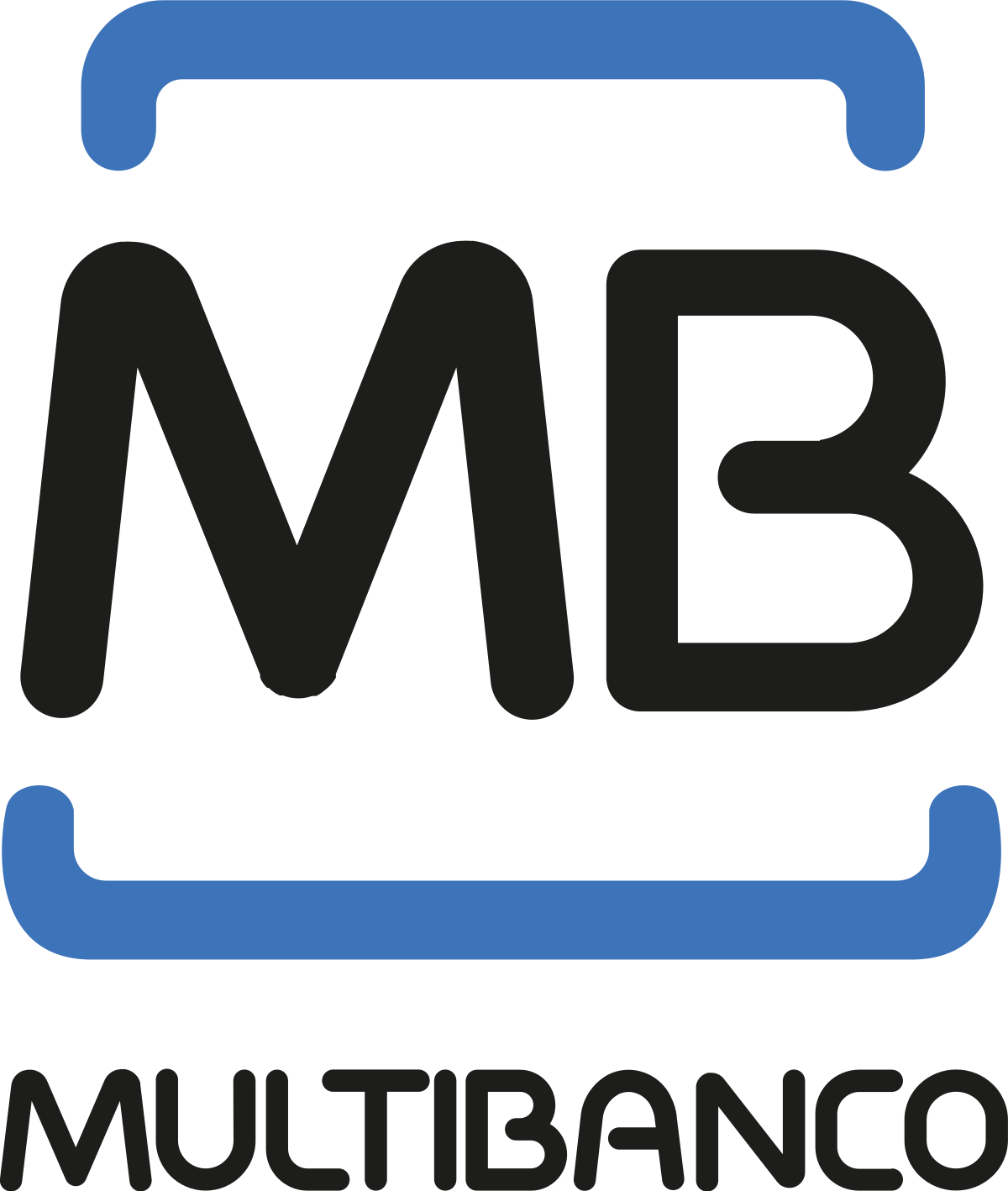
We help businesses accept payments online.
Rakuten Pay is a widely embraced payment app in Japan. It allows users to conduct transactions using their Rakuten ID and mobile phone. Beyond the convenience of going cashless and cardless, users enjoy the added advantage of accruing points, redeemable for purchases across Rakuten’s expansive network.
For eCommerce businesses seeking to expand their user base in Japan, integrating Rakuten Pay as a payment option presents a valuable opportunity. Thanks to Rakuten Pay’s popularity and convenience, this integration can improve customer satisfaction and potentially attract a larger user base.
This article will explain what Rakuten Pay is and weighs the advantages and disadvantages of incorporating it as a payment option in your store.
What is Rakuten Pay?
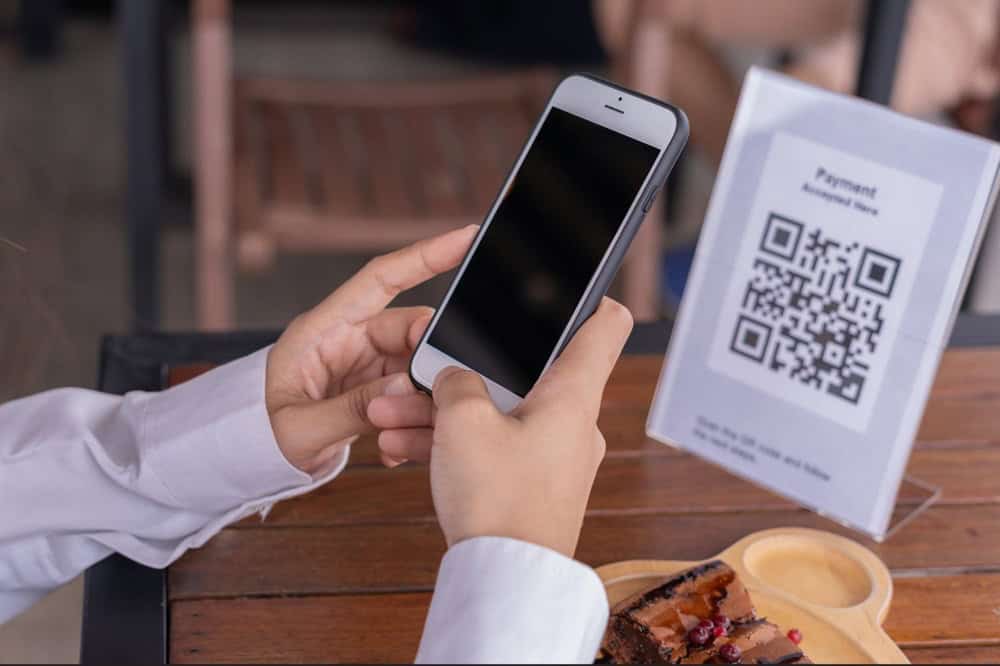
Rakuten Pay is a digital payment option developed by Rakuten Payment Co., Ltd., a subsidiary of Rakuten Group, Inc., most famous for its massive online retail marketplace, Rakuten Ichiba. Rakuten Group launched Rakuten Pay in March 2019, and the payment app has since grown to be a cornerstone of the Rakuten ecosystem.
Rakuten Pay integrates with various Rakuten services, such as Rakuten Mobile, Rakuten Bank, and Rakuten Travel, and the company’s proprietary credit card, Rakuten Card. This integration offers users a convenient and secure payment solution for online and offline transactions and an excellent way to accumulate points for purchases within the Rakuten network. As of 2023, the number of registered member IDs on Rakuten is over 100 million.
Despite not being the most preferred payment app in Japan, a title held by SoftBank Group and LY Corporation’s PayPay app with 61 million users as of December 2023, Rakuten Pay has still managed to amass an impressive user base. While no official number has been released, it’s estimated that Rakuten Pay has a user base of about 44 million, according to the Industry trends website EccLab (Japanese).
Rakuten Pay is widely accessible and available in over 5 million stores throughout Japan. Moreover, it integrates with internationally recognized payment apps like Alipay, Union Pay, and WeChat Pay.
In 2023, the growth in the number of users for Rakuten Pay and Rakuten Card, along with an increasing acceptance of these services by various establishments, resulted in revenue of 75 billion yen, marking a significant 35.7% year-over-year increase as of February 2024.
The Rakuten Pay Network
There are several terms related to Rakuten Pay that can lead to confusion, such as:
- Rakuten Pay
- Rakuten Points
- Rakuten Cash
- E-navi
- Rakuten Edy
Rakuten Pay is a QR-code payment system similar to PayPay that facilitates cashless transactions. Complementing this is Rakuten Cash, which represents users’ cash balances within the Rakuten Pay platform. Like credit card points, Rakuten Points function as membership rewards, where Rakuten Points can be spent at stores or other Rakuten services.
The “e-navi” portal is like a control center for your Rakuten Card and store payment information. It’s where you can manage your card, check your balance, and other online card-related maintenance. Meanwhile, Rakuten Edy works like Suica or Passmo, which are IC-based payment systems in Japan for transportation and shopping.
How Rakuten Pay works
The Rakuten Pay app allows users to forgo cash transactions via one of four convenient payment methods. Rakuten provides a dedicated terminal for physical stores that supports electronic money payments.
- QR Scan
- Code Display
- Self-Payment
- Rakuten Pay (online payment) V2
QR Scan
The “QR scan” method allows users to initiate payments by scanning a QR code with their smartphones. After scanning, users manually enter the payment amount. Before finalizing the transaction, users can select their preferred payment method, such as using their current app balance, bank account, or credit card. Additionally, users can choose whether to pay using accumulated points.
A sign with a QR code for Rakuten Pay is typically stationed near the register in physical stores and not only at a physical store, eCommerce store can also utilize this method. Users can opt for the QR scan option at checkout when making online purchases.
Barcode Display
Rakuten Pay’s barcode method generates a barcode within the app that a merchant’s dedicated scanner can scan to initiate a payment. With this method, users do not need to scan a QR code. Instead, they present the generated barcode to the merchant, who then scans it using their device.
Self-Payment
The “Self-Payment” method in Rakuten Pay allows users to independently initiate payments without needing assistance from a shop assistant or cashier. With this method, users select the store or business they wish to pay within the Rakuten Pay app and manually enter the payment amount.
Rakuten Pay (online payment) V2
Rakuten Pay (online payment) V2 is a user-friendly service tailored for Rakuten members. It enables them to conduct online transactions on various eCommerce platforms besides Rakuten’s.
Users can make online payments with just their Rakuten ID and password. This service allows users to use their stored credit card information, Rakuten Pay balance, or accumulated points within their Rakuten ID for swift transactions. Users also benefit from earning and redeeming Rakuten Points during the payment process.
How Rakuten Pay (online payment) V2 works

You can integrate Rakuten Pay into your eCommerce store, providing customers with more payment options. The payment process is as follows:
1. Select Rakuten Pay
When users proceed to checkout on an eCommerce site within the Rakuten ecosystem, they are presented with various payment options, including Rakuten Pay. Users can opt for Rakuten Pay as their preferred payment method.
2. Login to Rakuten Pay
Upon selecting Rakuten Pay, users are redirected to the Rakuten Pay website or app to complete the payment process. Users are prompted to log in using their Rakuten ID and password.
3. Security Code Authentication
Users may encounter a security code authentication step during the payment process as an additional layer of security. This step helps verify the user’s identity and prevents unauthorized transactions.
4. Use of Rakuten Points
During checkout, users can decide whether to use their Rakuten Points to partially or fully cover the payment amount, providing added value and savings.
5. Completion of payment
Once users have selected, the payment is swiftly processed and finalized, including authentication and Rakuten Points usage.
How users charge their Rakuten Pay balance
To charge their Rakuten Pay balance (i.e., Rakuten Cash), users can use any of the following:
- A linked bank account
- A linked credit card
- A linked Rakuten Card (users earn 1 point for every 100 yen)
- Charge from Rakuten Wallet (Rakuten’s online crypto wallet)
- Charge from a Rakuten gift card
- Charge from Rakuma balance (Rakuten’s second-hand marketplace app)
- Cash (via ATMs inside convenience stores such as 7-Eleven)
Benefits for buyers using Rakuten Pay on your store
Rakuten Pay offers several advantages for buyers, making it an appealing payment method for your eCommerce store.
- Hassle-free payments
- Earn and use Rakuten Points
- Robust security measures
- Pay in installments
Hassle-Free Payments
When using Rakuten Pay online, buyers can conveniently use the credit card information linked to their Rakuten ID. This eliminates the need to repeatedly enter credit card details and streamlines the payment process for quick and easy transactions.
Earn and Use Rakuten Points
Every purchase with Rakuten Pay is a step towards more savings. Buyers can accumulate Rakuten Points, which can be used as payment on various online platforms, not just Rakuten.
Choosing Rakuten Card, Rakuten Points, or Rakuten Cash as the payment method can also unlock additional bonuses. Special campaigns like Rakuten Paydays, every Sunday and Monday, offer even higher point returns and more savings opportunities.
Robust Security Measures
Rakuten Pay employs 3D secure and security code authentication methods to verify buyer identities, effectively lowering the risk of unauthorized use.
Furthermore, the platform strictly adheres to the PCI DSS security standards, established by a council comprising American Express, Discover Financial Services, JCB International, MasterCard, and Visa Inc., offering buyers peace of mind concerning protecting their credit card information, even when making payments on external eCommerce sites.
Pay in Installments
With Rakuten Pay, buyers can choose between paying in full or installments. This feature incentivizes confidence in buying, particularly for high-priced items, as buyers can opt for payment arrangements that suit their budget and preferences.
Benefits for stores implementing Rakuten Pay

There are key advantages for merchants implementing Rakuten Pay as a payment option in their stores.
- Access to Rakuten’s user base
- Reduce cart abandonment
- Promoting purchases with points display
- Chargeback compensation protection
Access to Rakuten's User Base
By integrating Rakuten Pay into your eCommerce site, you tap into a vast potential customer base of approximately 100 million Rakuten members.
With Rakuten Pay being widely used in the Rakuten Economic Zone, one of Japan’s largest economic zones, Rakuten users can seamlessly make payments on your platform. Offering quick payments and the ability to use points for purchases enhances the attractiveness of your store, increasing the likelihood of conversions.
Reduce Cart Abandonment
With Rakuten Pay online payments, buyers can swiftly complete transactions by entering their Rakuten ID and password, eliminating the need to enter credit card details.
This streamlined process significantly reduces cart abandonment rates, as buyers can proceed with purchases seamlessly without the hassle of inputting personal information. The simplified checkout process ultimately leads to improved conversion rates.
Promoting Purchases with Points Display
Integrating a “points balance” feature on your eCommerce site allows buyers to view their accumulated points, encouraging potential customers to proceed with purchases.
Furthermore, as buyers earn Rakuten Points through Rakuten Pay transactions and can utilize them for payments, the incentive to make purchases is elevated, resulting in increased purchase frequency and order value.
Chargeback Compensation Protection
By implementing Rakuten Pay on your eCommerce site, you automatically gain access to chargeback compensation services at no additional cost. In the event of unauthorized use or disputes, Rakuten compensates for chargebacks incurred by the eCommerce site, offering merchants peace of mind.
The chargeback compensation service covers losses up to a maximum of 500,000 yen (tax included) per month, providing financial protection for your business.
How to implement Rakuten Pay
Direct Contracting with Rakuten Pay
If you prefer to contract directly with Rakuten Pay, you can apply through the official Rakuten Pay for Businesses website and fill out the official screening form. Once you’ve requested materials, a representative will assist you.
However, the Rakuten Pay app is currently available only in Japanese. Therefore, the materials, setup instructions, and assistance from the representative will likely only be available in Japanese. Thus, if you choose this route, you should have a strong command of the Japanese language.
Using a Payment Agency
Alternatively, you can utilize a payment service like KOMOJU to integrate Rakuten Pay into your store. This option allows you to add not only Rakuten Pay but also other payment methods, such as credit cards and other local payment methods, including PayPay and convenience store payments for convenience.
With KOMOJU, you’ll receive support throughout the setup process in English, Chinese, Korean, Russian, Spanish and Japanese. They will assist you in submitting the necessary documents and guide you through the integration process.
Rakuten Pay case studies
Numerous stores in Japan have shared their success stories, highlighting the benefits they experienced after integrating Rakuten Pay. From increased sales to loyal repeat customers, these case studies demonstrate the positive impact of incorporating Rakuten Pay into their payment options.
- Goldwin
- XPrice
- Artisan&Artist
Goldwin (Clothing and fashion)
Since implementing the Rakuten ID Connect option, the Goldwin web store has experienced a 1.5x increase in membership registrations among visitors, with about 25% of new members signing up using their Rakuten IDs within a month. This has increased new registrations and significantly improved purchase rates among newly registered users.
XPrice (Online retailer)
Three months after its launch, Rakuten Pay was used three times as much as other ID-based payments on Xstore, showcasing strong customer satisfaction amidst various payment options. XPrice, an online retailer, strategically introduced Rakuten Pay alongside other methods to attract new customers, with Rakuten’s reputation and benefits like Rakuten Points driving engagement.
Artisan&Artist (Designer bags)
The bag retailer Artisan&Artist introduced Rakuten Pay to streamline customer issue resolution and reduce internal workload after challenges arose with alternative payment methods such as cash on delivery.
Implementing Rakuten Pay led to a decline in cash-on-delivery transactions and a significant boost in customer satisfaction. Furthermore, customers using Rakuten Pay exhibited higher repeat rates and spent an average of 770 yen more per transaction, indicating the potential for increased revenue. This was particularly beneficial for a site specializing in small items where maximizing repeat purchases is vital.
Summary
Rakuten Pay has become a significant player in Japan’s eCommerce scene thanks to its large user base and convenient payment options for both online and offline purchases. Integrating Rakuten Pay into eCommerce platforms gives businesses a golden opportunity to expand into the Japanese market and reach more customers.
If you’re considering adding Rakuten Pay as a payment option on your store, KOMOJU is the go-to solution for smooth and simple implementation. With its comprehensive support and streamlined integration process, KOMOJU ensures a quick and hassle-free setup, empowering businesses to manage Rakuten Pay and other payment methods efficiently.
FAQs
Here are some common questions and answers you might have about Rakuten Pay.
Rakuten Pay is a versatile mobile payment app that allows users to conduct smartphone transactions at over 5 million stores by scanning barcodes or QR codes.
Likewise, using Rakuten Pay (for online) V2, users can make online purchases using their Rakuten ID and stored payment options. Rakuten Pay can be used at physical stores for online shopping, bill payments, money transfers, buying stocks or cryptocurrency and more.
Yes, but there are some limitations to consider.
Firstly, the app is currently only available in Japanese, which may pose a challenge for non-Japanese speakers. Foreign users who cannot read Japanese may need to rely on translation software for navigation. Additionally, Rakuten Pay can only register cards issued in Japan, restricting access for those with cards from other countries.
The payment apps currently linked to Rakuten Pay are
- Alipay (China)
- WeChat Pay (China)
- AlipayHK (Hong Kong)
- EZ-Link Wallet (Singapore)
- GCash (Philippines)
- JKOPAY (South Korea)
- Kakao Pay (South Korea)
- Touch ‘n Go eWallet (Malaysia)
- True Money Wallet (Thailand)
- UnionPay (Global)
In addition to Rakuten Card, customers can also use:
- VISA
- Mastercard
- JCB
- American Express

We help businesses accept payments online.
